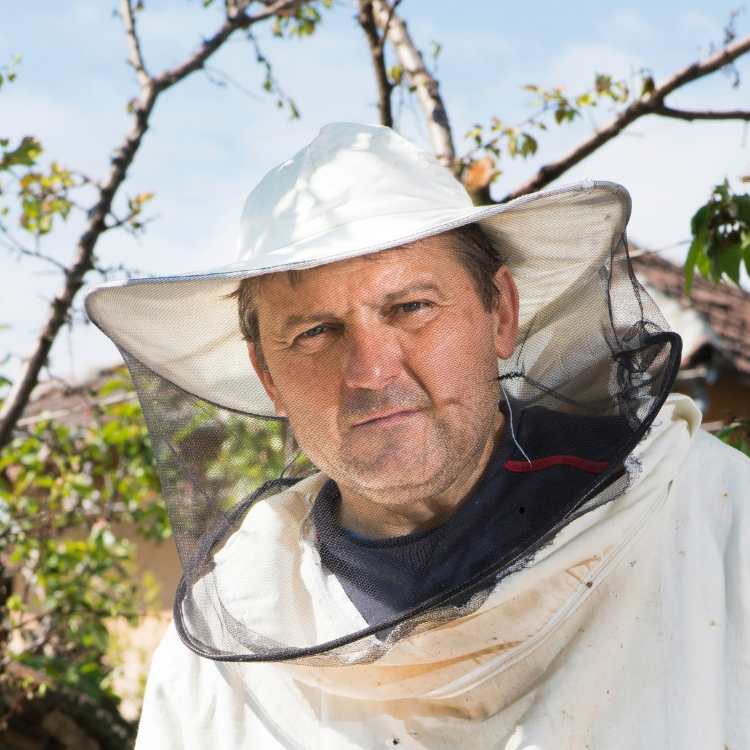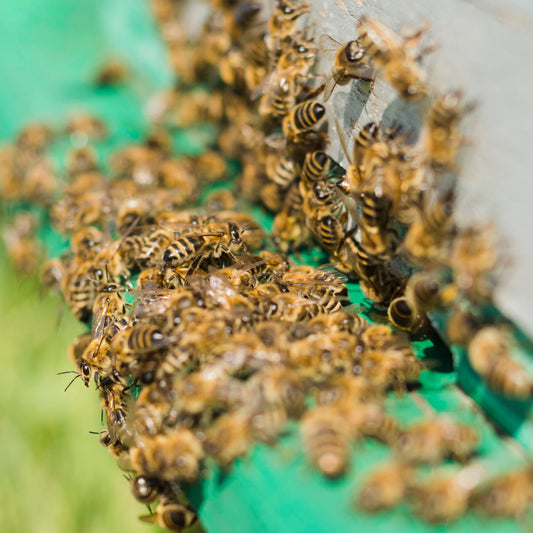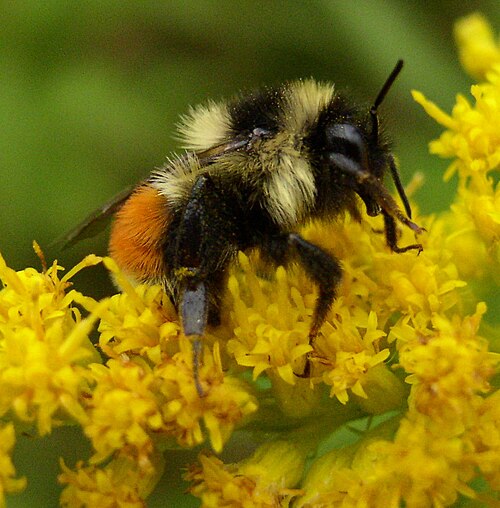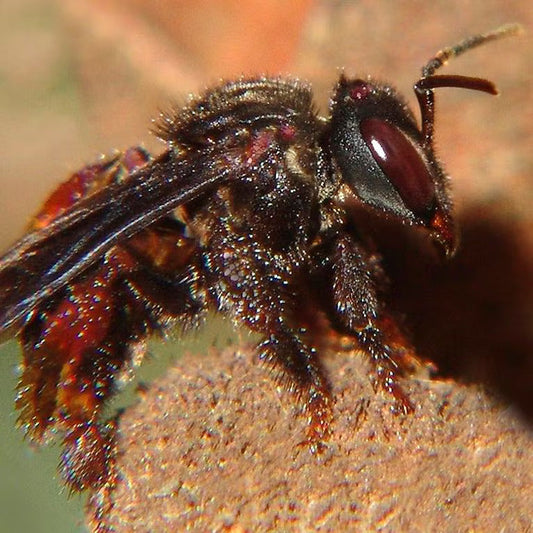Enough time is spent around by non-beekeepers on how bees make honey? Is honey bee vomit? Is honey bee barf? It is a very common claim that floats around on social media, science classrooms, and even in some YouTube videos. And this does create a vivid, stomach churning image in the mind. But is it actually true?
Let’s break down the facts for you and understand the science behind how honey is made.
The origins of the vomit theory
The idea stems from the fact that bees collect nectar, store it in an internal pouch and later regurgitate it into honeycomb cells. Pretty much sounds like vomit, doesn’t it? It travels down and then comes back up. That simple notion of going down the throat and up again has fueled the claims for decades. But the reality is much more nuanced. Ask any trained apiculturist, and they will explain that the system bees use for processing nectar is very different from a digestive process. So, is honey bee vomit just a technical misunderstanding?
The bee crop
Bees store nectar in a specialized internal organ called the crop. Also nicknamed the “honey stomach.” But don’t let the name mislead you. The crop is not part of the digestive tract. It does not digest food. Think of it more as a temporary storage chamber that allows nectar to be held separately from any actual digestion. Inside the crop, enzymes begin to transform the nectar into a simpler form of sugar. These enzymes are critical to honey production, but digestion does not occur here. There is a one-way valve that ensures whatever is digested stays out of the crop.
So, asking is honey bee vomit is like asking if a factory’s raw material storage is part of its waste system. It is just not the same process.

The key difference between vomiting and regurgitation
Let’s get technical here. Vomit, by definition, is the forceful expulsion of stomach contents. In mammals, it involves ejecting food that’s already started breaking down in the stomach. Bees don’t do that.
Bees expel nectar from their crop and not their stomach. This process is called regurgitation, and it is much more controlled and clean. This is part of honey production and not an emergency response. The crop contents do not mix with any digested material, and they never touch the bee’s actual stomach, or ventriculus.
When bees regurgitate nectar, they are passing it along to the hive mates or depositing it into honeycomb cells. It is a routine part of their daily work.
So, while the question is honey bee vomit might seem fair on the surface, it does not stand up to the biological facts.
The journey from nectar to honey
Here is a step by step guide on how bees make honey.
- Forage: A worker bee will visit flowers and collect nectar using her tongue.
- Store in crop: The nectar then goes into the crop where enzymes like glucose oxidase start breaking down complex sugars.
- Hive transfer: Back at the hive, the nectar is passed from bee to bee, each time mixing with more enzymes.
- Regurgitation into cells: Finally, the nectar is regurgitated into honeycomb cells.
- Dehydration: Bees fan the liquid with their wings to evaporate the water content until it becomes thick, shelf stable honey.
- Sealing the honey: Once the right consistency is reached, bees cap the cell with beeswax.
At no point in this entire process anything resembling digestive vomit is involved. And yet, the claim is honey bee vomit keeps buzzing around.

Honeybees sealing honeycombs with beeswax
Factors deciding honey flavor
Another reason the vomit myth persists is due to misunderstanding how nectar affects the final product. Bees choose their flowers very carefully. The sugar content and viscosity of the nectar influence how fast they can collect nectar and transfer it. Studies show that more concentrated nectar takes longer for the bees to process and regurgitate. This can affect how long it takes to make the honey, but it still does not mean that bees are vomiting.
What it does mean is that honey flavor, color, and texture can vary wildly depending on the source flowers like lavender, clover, orange blossom, or buckwheat. None of these sources screams “barf.”
Why did this myth stick?
There is a shock factor to calling honey vomit. It gets reactions and feels edgy. And since bees do regurgitate nectar, the myth has enough truth to keep circulating. But it is misleading. It ignores the precision and cleanliness of the entire honey production process. It overlooks the biological systems that keep nectar and digestion completely separate.
Asking is honey bee vomit might be fun at parties, but it does not reflect how bees actually work.

A swarm of honeybees covering a hive
The final answer
So, is honey bee vomit? No. Not by biology, not by behavior, and not by any credible scientific definition. Honey is regurgitated nectar transformed through enzymes, dehydration and teamwork. It is stored in wax sealed cells and preserved with natural antibacterial compounds.
Honey is a real marvel of nature. Not something to wrinkle your nose at. Now you know.
For more exciting stories and trivia from the intriguing world of bees, consider following our full blog here.





